Sepia for snails: what does it look like and how to feed them?

Like any living creature, snails also need calcium and other minerals. They are essential for maintaining health and growth. But these substances are not enough in ordinary food, which is why special feeding was invented. Sepia is considered to be the most accessible of them.
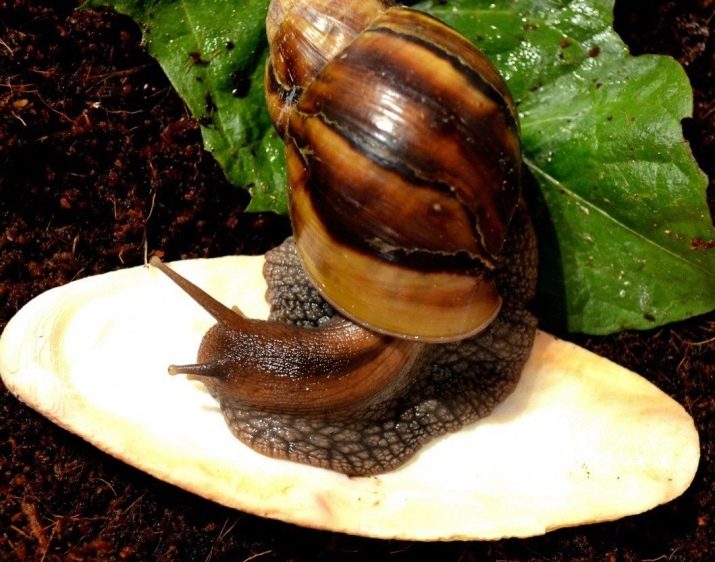
What it is?
Sepia is the bone shell of a cuttlefish. It is an oval rudimentary shell, which is located along the body of the mollusk, occupying most of it, and serves to maintain its buoyancy and maneuverability in the water.
Sepia is difficult to extract as it has a loose, porous structure and is fairly easy to damage. If we talk about how it looks, then the color of the shell is always light, it can vary from snow-white to dirty gray. Sometimes brown unpleasant spots may appear on sepia, but this is normal. In this case it just needs to be crushed into small crumbs.
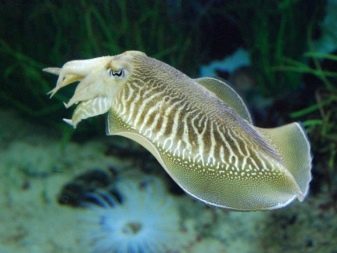
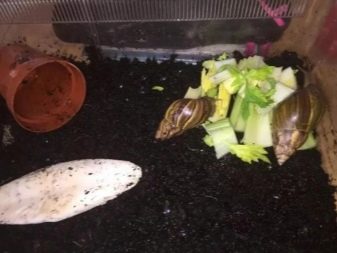
Try to avoid all sorts of sepia substitutes or ready-made powders that contain sepia. Most likely, such a product will contain a huge amount of harmful chemical additives. And you should also not buy color or sepia with pleasant smells, as dyes and fragrances can cause toxicosis in the snail, leading to poisoning.
Molecular analysis shows that in sepia, substances such as sodium, iron, calcium, magnesium, zinc and sulfur are present in excess, and the complete absence of heavy metals makes it completely safe for both snails and humans.
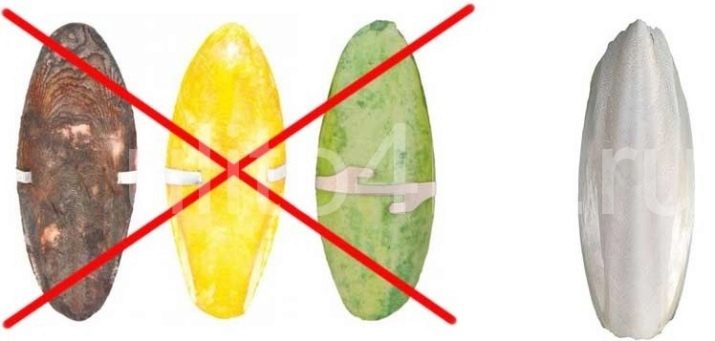
How is the product useful?
Although sepia is not the cheapest product, breeders still call sepia the best food for snails. And it’s not just that.Consider why it is better than other mineral foods.
When you regularly feed your snails with sepia, it is of great benefit to them. The squid shell saturates the snail's body with nutrients that are easily absorbed without causing indigestion or other side effects. The snail becomes more active and its size begins to increase. Sepia also has other beneficial effects:
- improves the condition of the shell, strengthens it, promotes healing of cracks, adds shine, removes flaking;
- normalizes digestive processes;
- completely removes an unpleasant odor;
- saturates the color of the snail;
- improves immunity and helps to cope with various diseases.
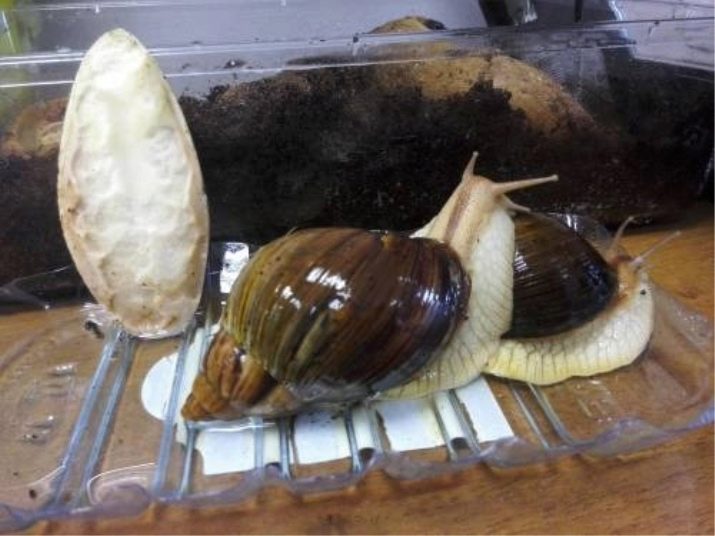
How to cook properly?
This product is quite easy to process.
First, after you open the package and remove the shells from it, you need to soak them in cold water (this is important) for about 2-3 hours, placing the container with water in a place without exposure to sunlight. After the soak time has passed, you just need to dry by placing the sepia on paper towels... Then it can be broken into several medium-sized pieces or ground into small crumbs and added portionwise to grain mixtures and even to water.
For the desired effect, you need to feed snails with sepia regularly as they are eaten. But you don't need to overdo it either. An overdose of sepia can cause complications in the snail. And to further enhance the effect of eating cuttlefish shells, you can give milk during the bait.
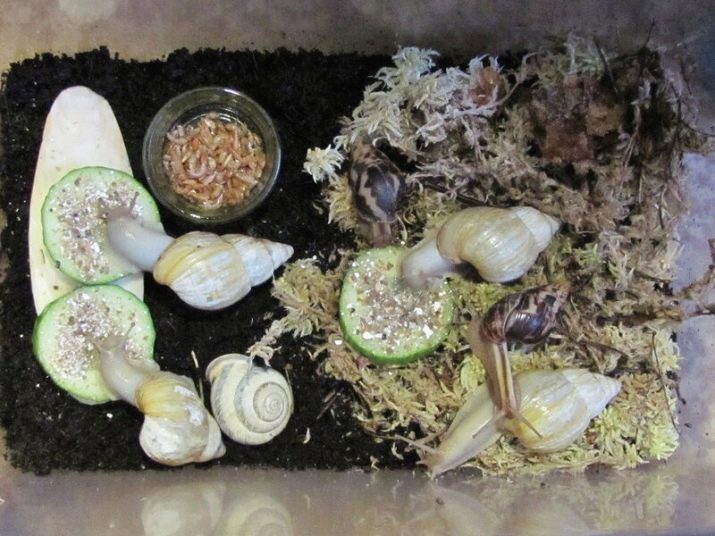
It should be noted that it is necessary to desalinate sepia because it contains a large amount of salt, which, as we all know, seriously harms the body of snails. There are several ways to desalinate cuttlefish shells.
- First, you need to make a small through hole in the bones of the cuttlefish. Then we thread a thread there, and tie it to a tap with clean filtered running water for 3 hours. Plain tap water will not work because it contains heavy metals and chlorides.
- Take sepia and rub it with vinegar. Then, using a spoon, carefully rub the soda into the bone (on the soft side) in small portions. Then we place the bone in well-boiled water. The bone should lie in the water for about 2-2.5 hours, and the fluid itself should be changed every 15-20 minutes.
- Sepia can also be boiled down. To do this, you just need to place the bone in a saucepan, having previously wrapped it in several sheets of lettuce. Then pour in sepia with about 500 ml of water. Boil the cuttlefish bone for about 1 hour, change the water regularly after 20 minutes.
- You can desalinate sepia with activated charcoal. To do this, take 5-10 tablets of activated carbon and crush it into a fine powder. Pour black powder onto a slightly damp cloth and wrap sepia in it for 2-3 hours. At the end of the process, all that remains is to rinse the bone to remove the remaining charcoal.
- To desalinate the cuttlefish bone, you can use the method of dismembering it into small components and soaking them in cold water. This method, although quite effective, takes several days.

How to independently extract from squid?
Sometimes in the store it is difficult to trust the inscriptions about the 100% naturalness of the product, and then we have only one way out - to get the sepia ourselves.
Cutting squid or cuttlefish is not a difficult process, but if you don't know it, it can cause some difficulties.
First you need to rinse the squid or cuttlefish under water. When buying, pay attention to the integrity of the carcass - if it is damaged, there will be a high probability that the bone plate is broken. Then, after washing with your hands, separate the head from the torso itself, where the sepia is enclosed. Then make long slits along the sides of the carcass with a sharp knife. Next, you just need to bend the resulting parts, and get the bone plate in the middle. After that, it only needs to be rinsed and desalinated.
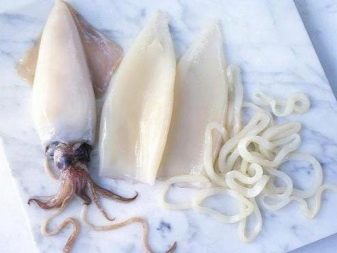
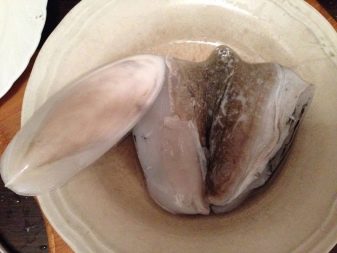
See below for a video review of sepia for snails.








